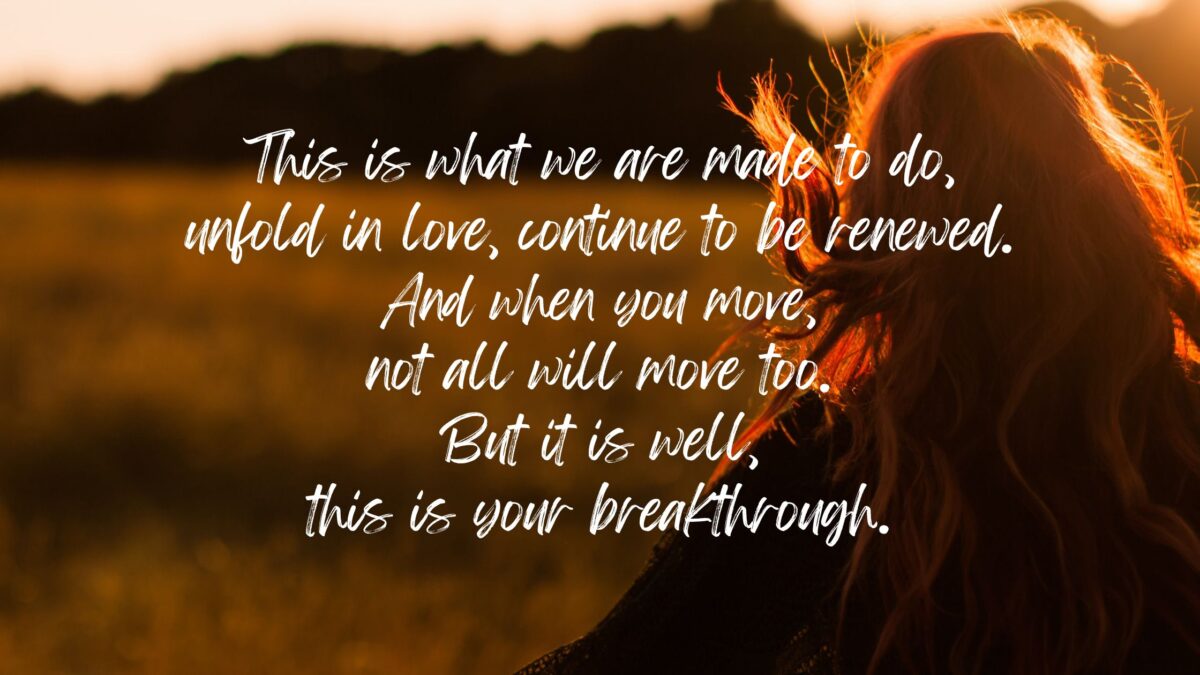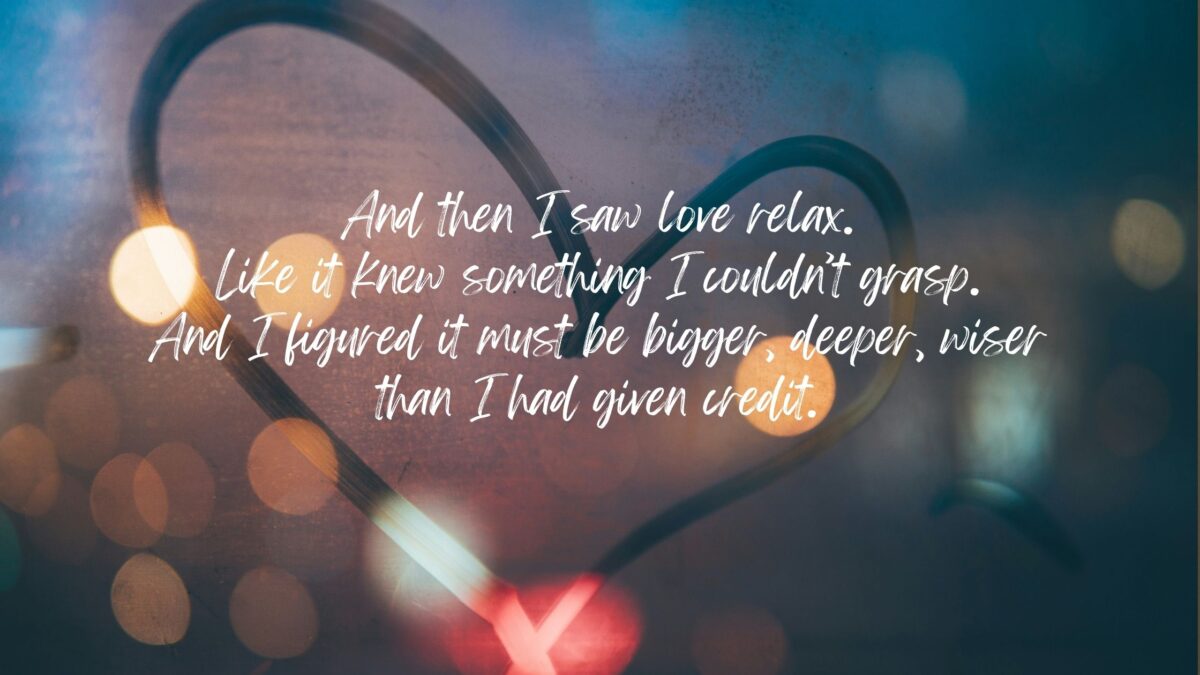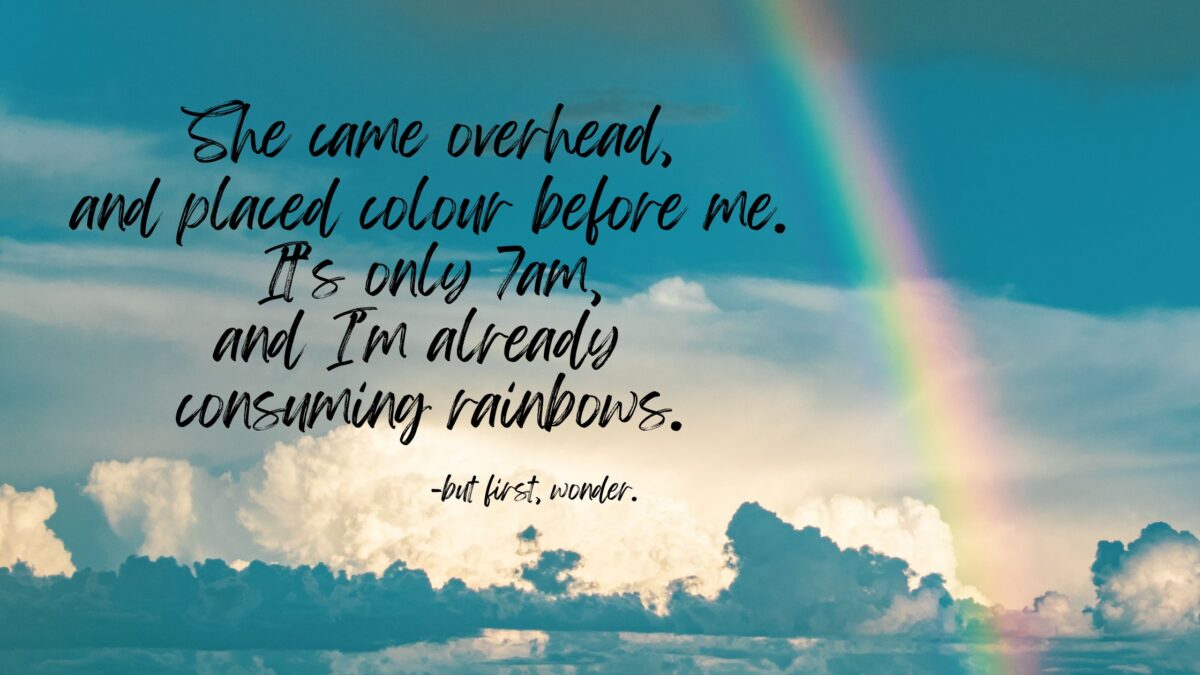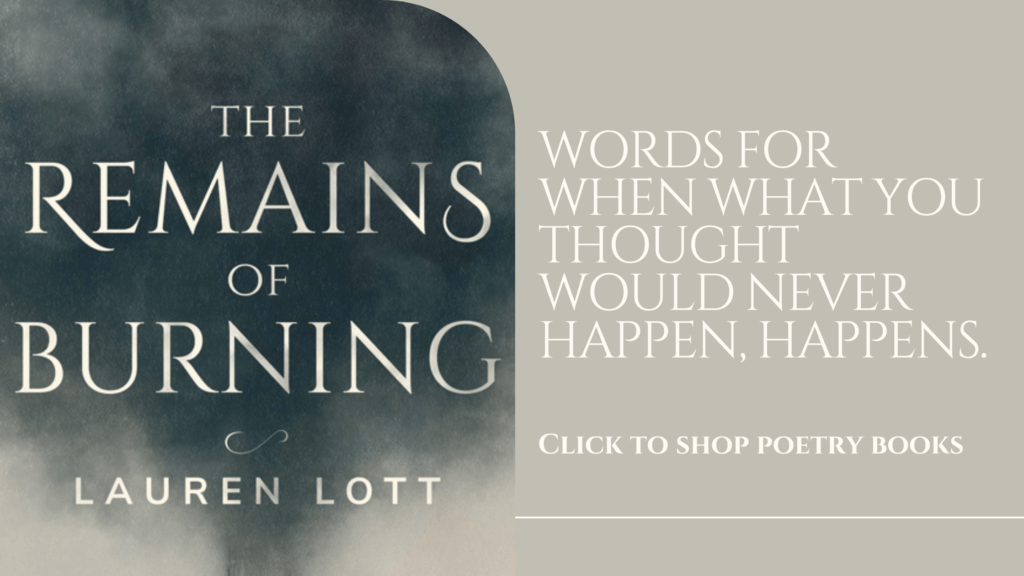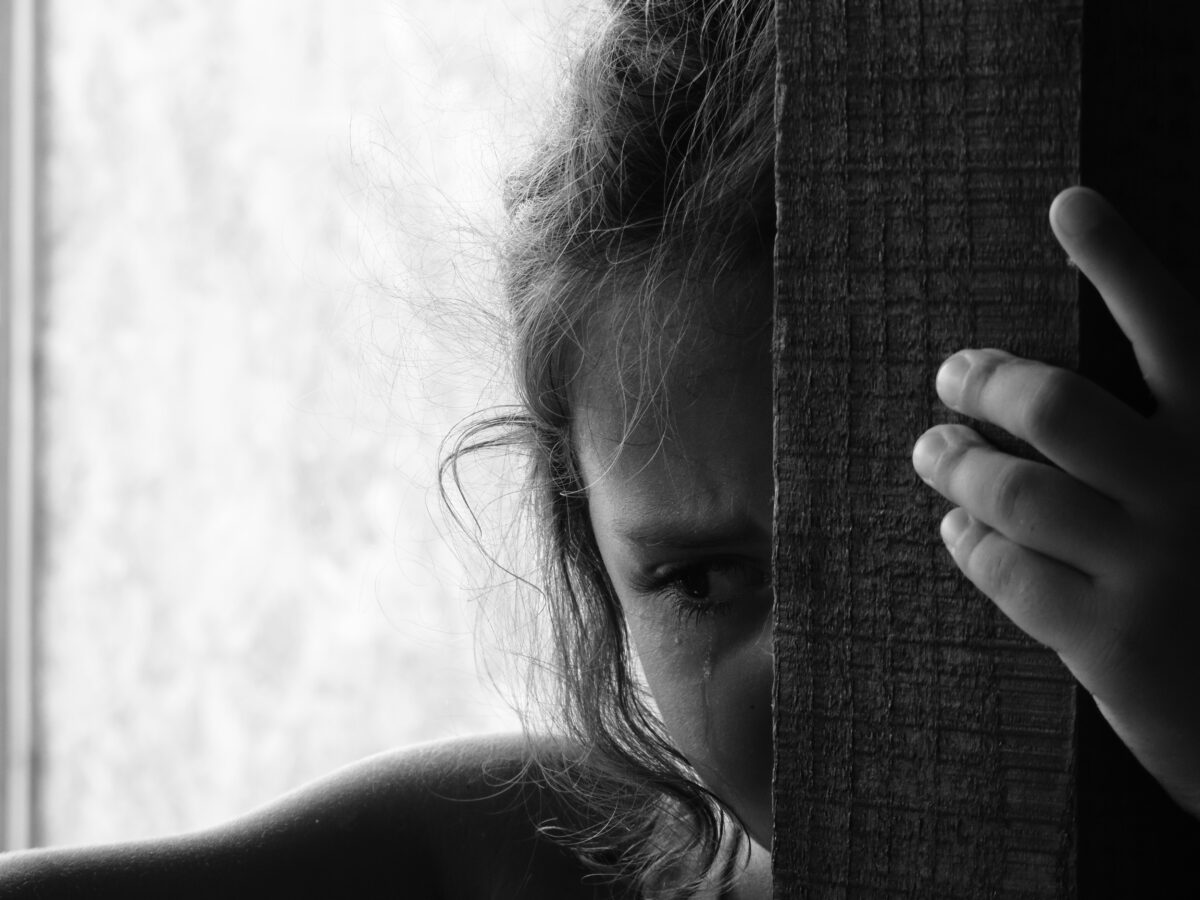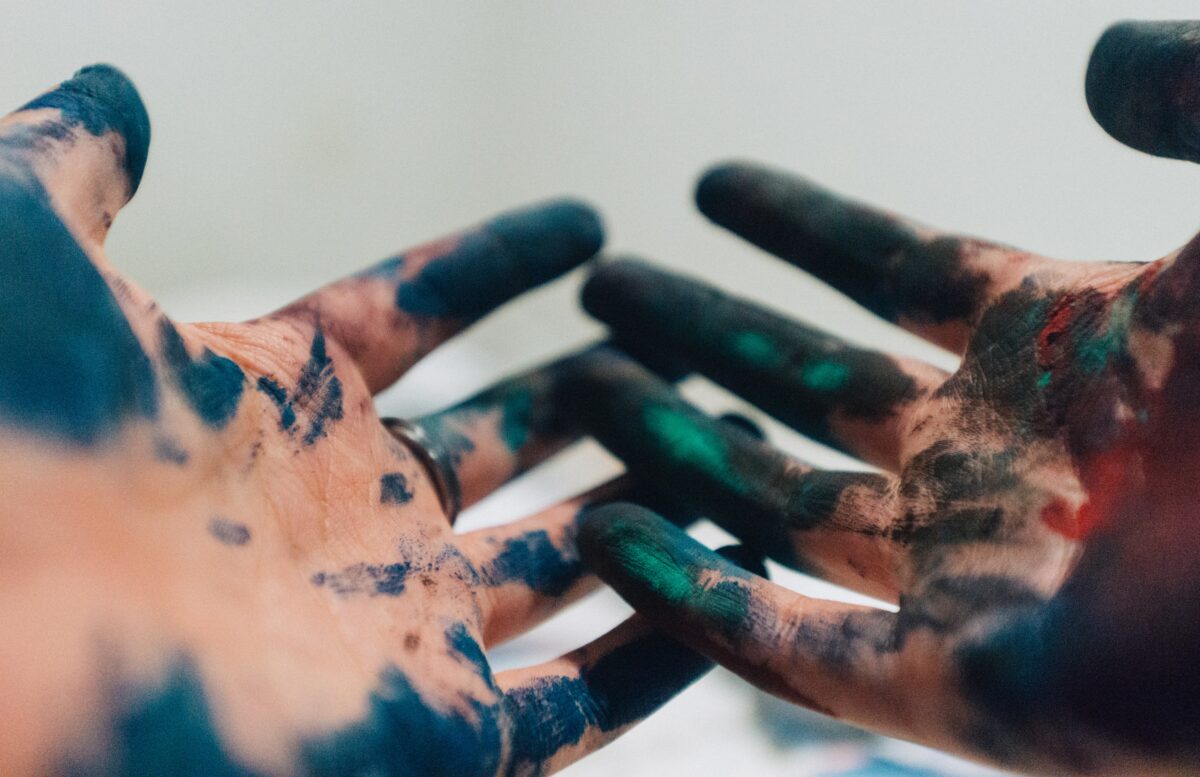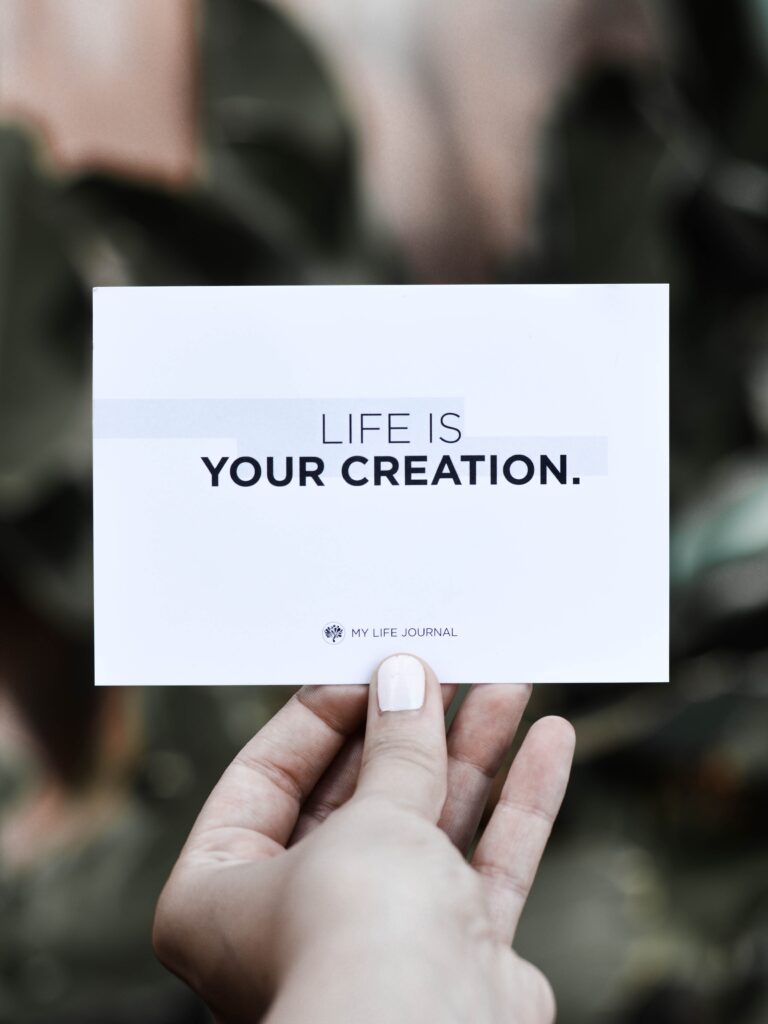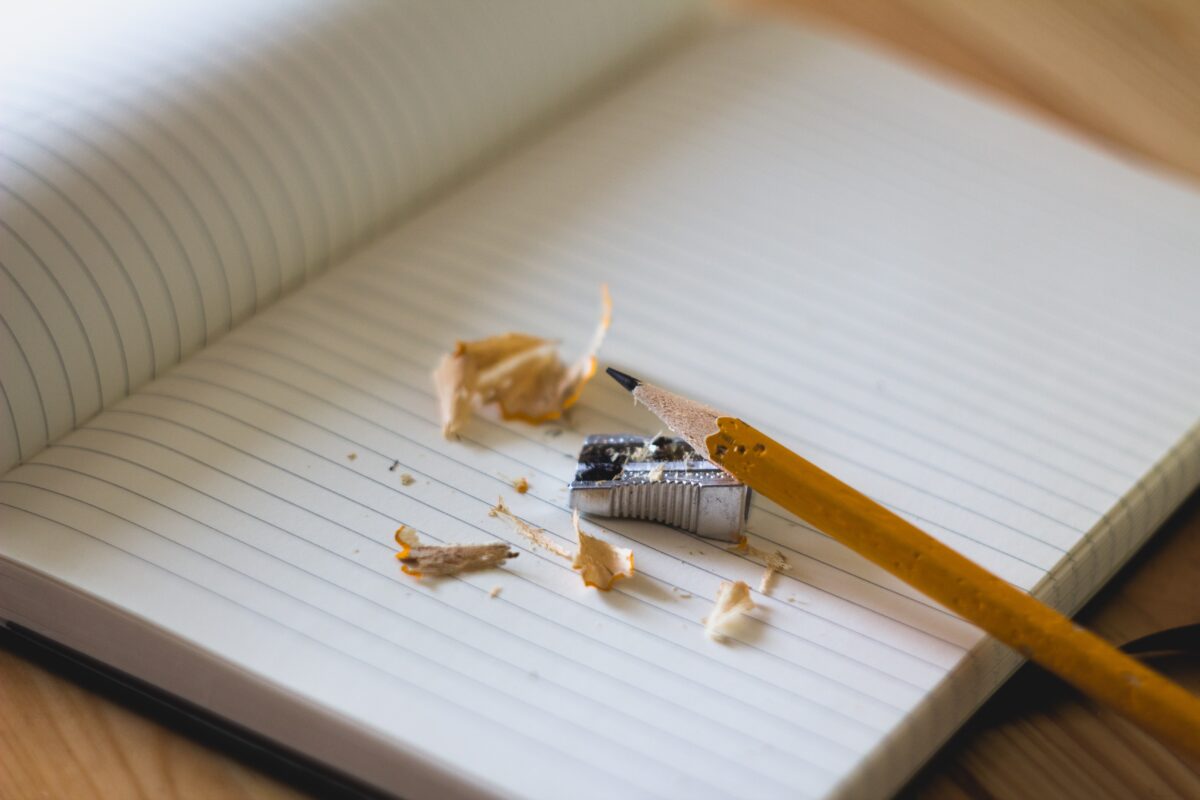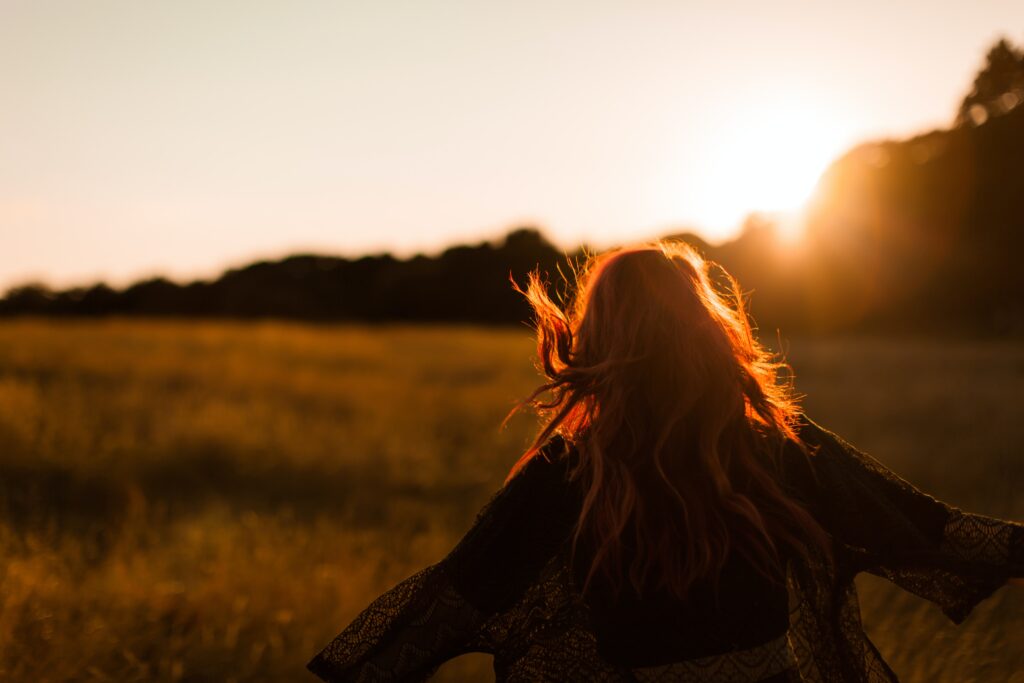In the pursuit of any creative dream—whether you’re a writer, musician, artist, or creator—there comes a pivotal moment. It’s that heart-thumping instance where you stand at the crossroads of inspiration and practicality. The question looms: “Is investing in my creative passion worth the risk?” I know, I’ve asked myself this many times and the answer is always found in unpacking my fears.
Understanding the Stakes
To me, investing in the unknown often feels like wandering through a fog—exciting yet intimidating. This isn’t just about financial investment. It’s about the hours of practice, the emotional energy in creating something personal, and the vulnerability of sharing it with the world.
Recognizing what’s at stake is the first step toward rational, yet passionate, decision-making. First, I acknowledge that there are risks and that is why I feel resistance and apprehension.
The Real Cost of ‘What If?’
Before you turn away from your dream due to fear of the unknown, consider the cost of the unexplored path. What is the price of not knowing what could have been?
I have a habit of focusing on the risk of failure neglecting the equally significant risk of regret. When I pull myself up on this taking a more balanced approach, the thought of never trying then becomes a far greater burden than the potential loss of resources.
Risk vs. Reward: A Creative Calculation
Not every creative venture will succeed in conventional terms. But every effort has taught me something valuable. Whether it’s improving my skills, expanding my network, or simply discovering my limits, these are the intangible rewards that I feel outweigh initial costs.
When assessing risk, I ask myself: Can I handle the emotional and financial impact if this doesn’t go as planned? What might I gain, even if I don’t achieve my original goal?
These questions help to pivot my perspective from seeing an unknown outcome solely as a potential loss to viewing it as a field of possibilities.
Investment in Yourself Is Never Wasted
When we invest in creativity, we’re building more than just a portfolio; we’re developing ourselves. Each step forward enhances our resilience, hones our craft, and deepens our understanding of both our capabilities and our potential. These are the tools that build not just a project, but an expansive creative life.
When I invest in my creativity I am also investing in my joy, fulfillment, sense of purpose and satisfaction that financial success alone cannot match.
Navigating the Unknown with Strategic Steps
While embracing risks is part of the creative process, being strategic about it can reduce unnecessary losses. Remember these three things:
- You can start small: Before I wrote my first lil poetry book, I posted poems anonymously on instagram.
- Seek Feedback: Seek out mentorship. For me this looked like entering competitions where my work would be critiqued.
- Build Incrementally: Instead of pouring all resources into one big project, develop in stages.
The Leap of Faith
Ultimately, investing in the unknown requires a leap of faith, but most often it is a calculated one. While not all my investments have paid off in ways I wanted, all have contributed to my growth and understanding of my work and myself.
So, is it worth it? Perhaps better questions to ask might be, ‘Am I taking it far enough? Am I allowing myself the space to fully explore and embrace the possibilities before me? Will I look back on this moment in my life knowing that with wisdom I courageously moved forward?

